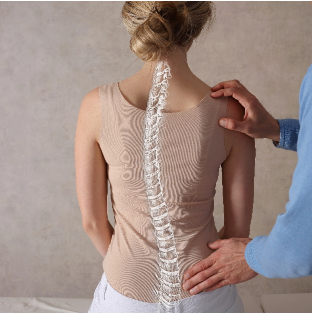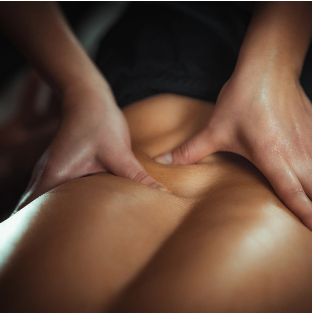
An anterior cervical discectomy is a
surgical procedure where a disc
is removed from the spine.
The surgery will be performed from the front of the neck, in order to decompress and stabilize the spinal structures through the removal of bone spurs, implantation of spacers or grafts, and the utilization of a fixation device.
Anterior Cervical Discectomy & Fusion (ACDF) is the most common spinal surgery in the US. An estimated 137,000 anterior cervical discectomy & fusion surgeries are performed annually. ACDF is performed in order to relieve pressure on the spine or spinal nerve roots. This pressure is caused by arthritis, herniated disc, or other condition that has caused the spinal canal to narrow.

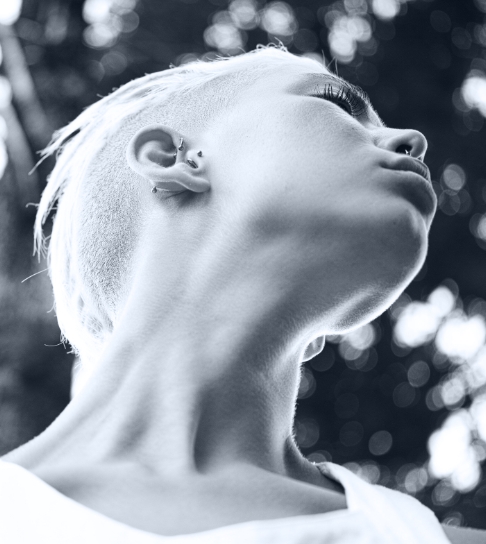
Some signs of cervical spine problems include: muscle spasms in the arms, a loss of coordination in the arms/hands/fingers, neck and arm pain, and numbness or weakness in the upper extremities and hands. Cervical spine problems can also cause an unsteady gait when walking or a loss of muscle tone in the arms/hands. A loss of hand dexterity, including frequently dropping things, can also be a symptom of cervical spine problems.
HERNIATED DISC
A herniated or degenerative disc may need to be surgically removed, and an ACDF procedure is often the best approach to do so. During this surgery, an incision is made in the throat area in order to remove the disc before a graft is inserted, to then fuse the vertebrae above and below together.
SPINAL STENOSIS
Spinal stenosis is when the space in the spinal canal begins to narrow. This causes pressure on the spinal cord, which can lead to a syndrome called known as cervical spondylotic myelopathy. Through ACDF surgery, the problematic vertebral disc is removed to prevent further damage to the spinal cord.
DEGENERATIVE DISC DISEASE
When someone has degenerative disc disease, the discs in their spine wear, which causes a loss of cushioning, fragmentation, or herniation. ACDF allows for the removal of the damaged disc.
CERVICAL RADICULOPATHY
Having a slipped or herniated cervical disc can sometimes lead to a pinched nerve or cervical radiculopathy. ACDF surgery may be needed in order to relieve a patient from the pain, weakness, or numbness that the pinched nerve can cause.
CERVICAL MYELOPATHY
Cervical myelopathy is caused by a compression of the spinal cord by vertebral discs and/or bone spurs. With ACDF, this condition is treated by removing the damaged discs through minimally invasive surgery.
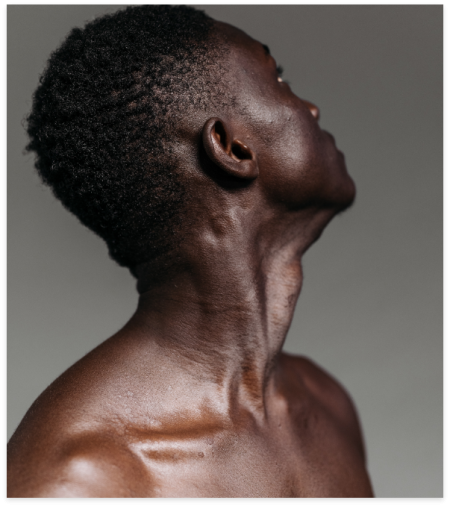



MRI scans, CT scans, and X-rays are used in diagnosing conditions that may be treated by ACDF surgery. This imaging allows a surgeon to detect adjacent segments in the spine that may have also degenerated or that are misaligned. Approximately 10-20% of patients have multiple vertebrae that have degenerated over time.
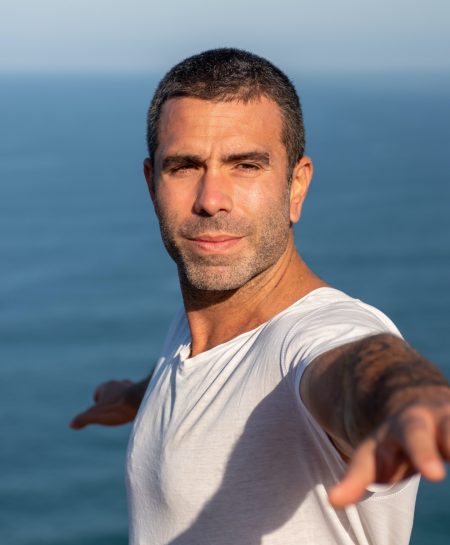
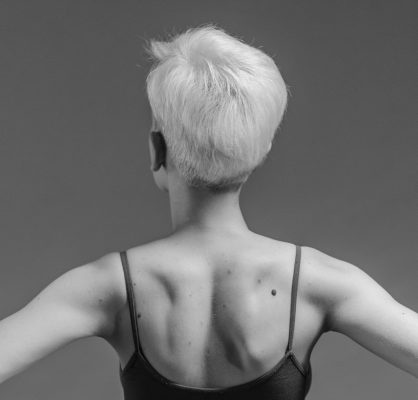
Preparing for an anterior cervical discectomy and fusion surgery starts with getting the proper evaluation from your doctor. This evaluation may require you to obtain imaging tests first so that your assessment can reveal the clearest level of detail possible to determine if surgery is the appropriate choice.
There are a few supplements you may want to avoid before ACDF surgery, such as echinacea, ginkgo biloba, ginseng, kava, feverfew, and garlic. Multivitamins containing Vitamin E should also be avoided up to 14 days before surgery. You will also want to avoid over-the-counter medications, such as ibuprofen and aspirin. In addition, smoking cigarettes and consuming large amounts of alcohol should also be avoided before surgery.
Regular exercise and eating healthy are very important to the success of your surgery. The better shape you are in both mentally and physically, the better likelihood you will have a successful surgery and swift recovery time.
The day of your surgery our team will review the procedure with you and answer any questions you have about the process. We will first make you comfortable and remain attentive to your needs every step of the way.
There are several steps to an anterior cervical discectomy procedure. First, the patient is put under general anesthesia. Then, motor and sensory monitors are placed to ensure the nerves and spinal cord are functioning properly throughout the surgery. Next, the surgeon will approach the cervical region from the front of the neck. After the initial small incision is made, the damaged disc and bone spurs are located and removed. A synthetic graft is placed and a small metal plate is prepared to fuse the bones together, and the incision is then closed.
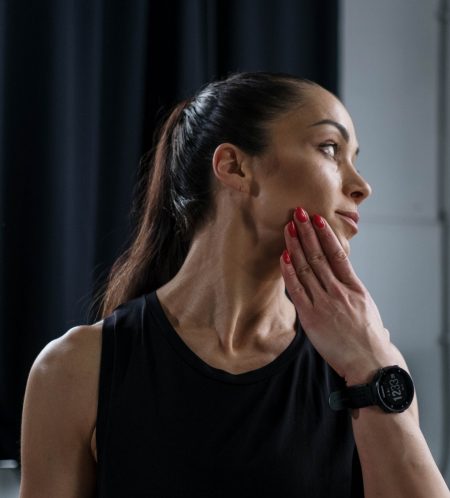
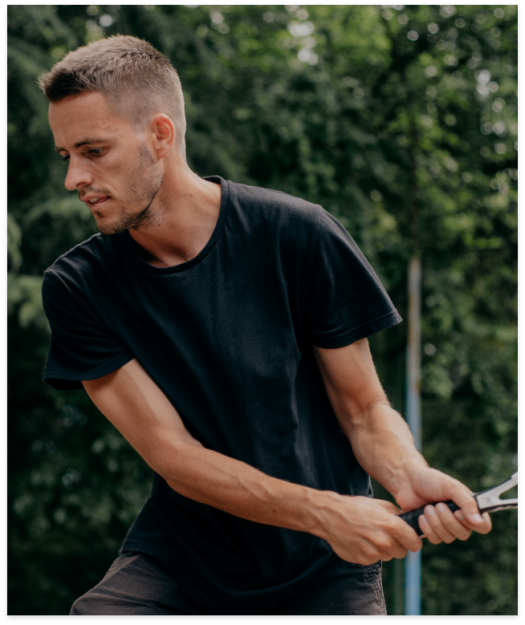
Our innovative approach to ACDF includes many new advanced techniques in fusion technology. We strive to keep our patients informed of every part of the process because, at Dr. Jeremy Smith, M.D., we put you first.
What are the fusion techniques typically used during ACDF?
Here is a quick overview of the fusion techniques typically used during ACDF surgery:
A small, minimally invasive incision is made to the front of the neck.
A discectomy is performed: the diseased, damaged, or degenerative vertebral discs that are pressing on the spinal cord and nerves are removed.
Spacer grafts/bone grafts are used to join the bones together.
After about 3-6 months, the graft will encourage the newly fused vertebrae to grow together and form one solid piece of bone
Dr. Smith uses a few key techniques when performing ACDF:
Traditional ACDF
When a damaged disc is putting pressure on the spinal cord, it can be removed through ACDF surgery. This will stabilize the spine and relieve numbness, weakness, and pain.
Cage or spacer technique
The cage or spacer technique is a device that is placed in the spine that is made out of FDA-approved titanium or plastic. It is used to create a fixed space between the vertebrae and a bone graft. It is a part of the process that stimulates new bone growth between two vertebrae.
Plate fixation
Plate fixation is an implant, a device that is made out of stainless steel and titanium. These plates are attached to the vertebral structure with screws.
Stand-alone technique
The standalone technique is an innovative implant technique. This advanced technology allows us to offer patients implant devices that are thinner than a traditional ACDF plate. A less dense implant device means that there will be less material potentially irritating the esophagus, and thus, less dysphagia (difficulty swallowing).
What to expect after surgery
Although you will likely be sore after your surgery, patients are encouraged to get up and walk a short distance as soon as possible. This will get the blood circulating better throughout the body and help to prevent blood clots. Your doctor may have you wear a soft collar for a period of 2 or more weeks to aid with your recovery.
Postoperative pain management
Pain management is a crucial part of the recovery process. We encourage our patients to rest, adhere to their movement restrictions, and communicate with our team. To aid with the side effects of pain medication, patients are encouraged to drink plenty of water and to eat a fiber-rich diet.
Physical therapy and rehabilitation
Physical therapy is an important part of the recovery process – follow the guidance you receive closely, and know that the long-term effects of committing to your rehabilitation process are worth it.
Returning to normal activities
Most patients are able to return to normal activities 6 weeks after surgery, but listen to your body and reach out to our team if at any point you feel that something may not be quite right.

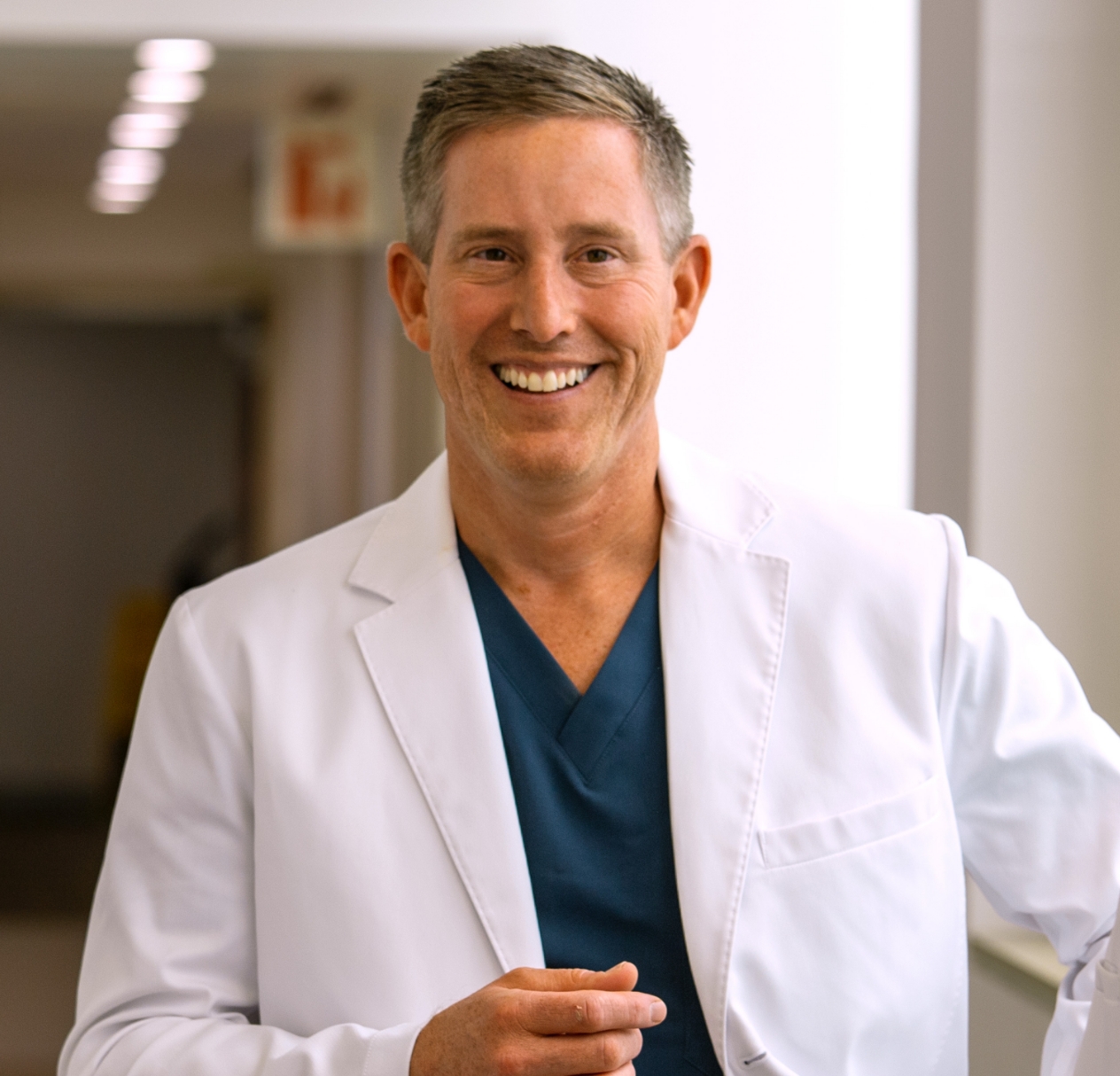
We want our patients to have a rich understanding of what ACDF surgery can do to have a positive impact on their lives – the only bad question is the one not asked! We encourage all of our patients to ask:
How do I best prepare for my surgery?
What is my pain management plan going to look like?
How soon will I be able to work post-op?
How soon will I be able to lift, pull, push, or bend after surgery?
Dr. Smith is a highly qualified surgeon who has performed many ACDF surgeries. This procedure is highly specialized and requires the skill set of a surgeon who has dedicated time to earning this special knowledge, both in his studies as well as in the field.
How long is the recovery time for ACDF surgery?
For most patients, the recovery time after ACDF surgery is 6 weeks. There may be specific restrictions on turning your head, lifting heavy objects, and pushing/pulling, that you should ask about once the surgery is complete.
Will I still have neck pain after ACDF surgery?
Immediately following surgery, your neck will likely be very sore. However, our team will help you to manage the inflammation after surgery will be managed but after 6 weeks, you should be relieved of neck pain going forward.
What are the long-term effects of ACDF surgery?
It has been suggested that it is possible there are some long-term effects of ACDF surgery, such as an accelerated degeneration of the adjacent vertebrae. However, this is less common and our team has had a high success rate with this surgery for a number of patients over the years.
What are some alternatives to the ACDF procedure?
At Jeremy Smith, M.D., we use surgery as a last resort, always. We offer epidural steroid injections as an alternative to ACDF surgery and a physical therapy treatment series, as non-surgical options. There are also a number of lifestyle modifications that can help ease the pain that your condition is causing. Reach out to our knowledgeable team for an evaluation to determine which option is the best for you to find your way to a pain-free future.
Are there any permanent restrictions after ACDF surgery?
Patients are advised to adhere to a few long-term restrictions after surgery. These are patient-specific, but everyone must utilize proper ergonomics and posture techniques to reduce the risk of adjacent levels breaking down over time.


